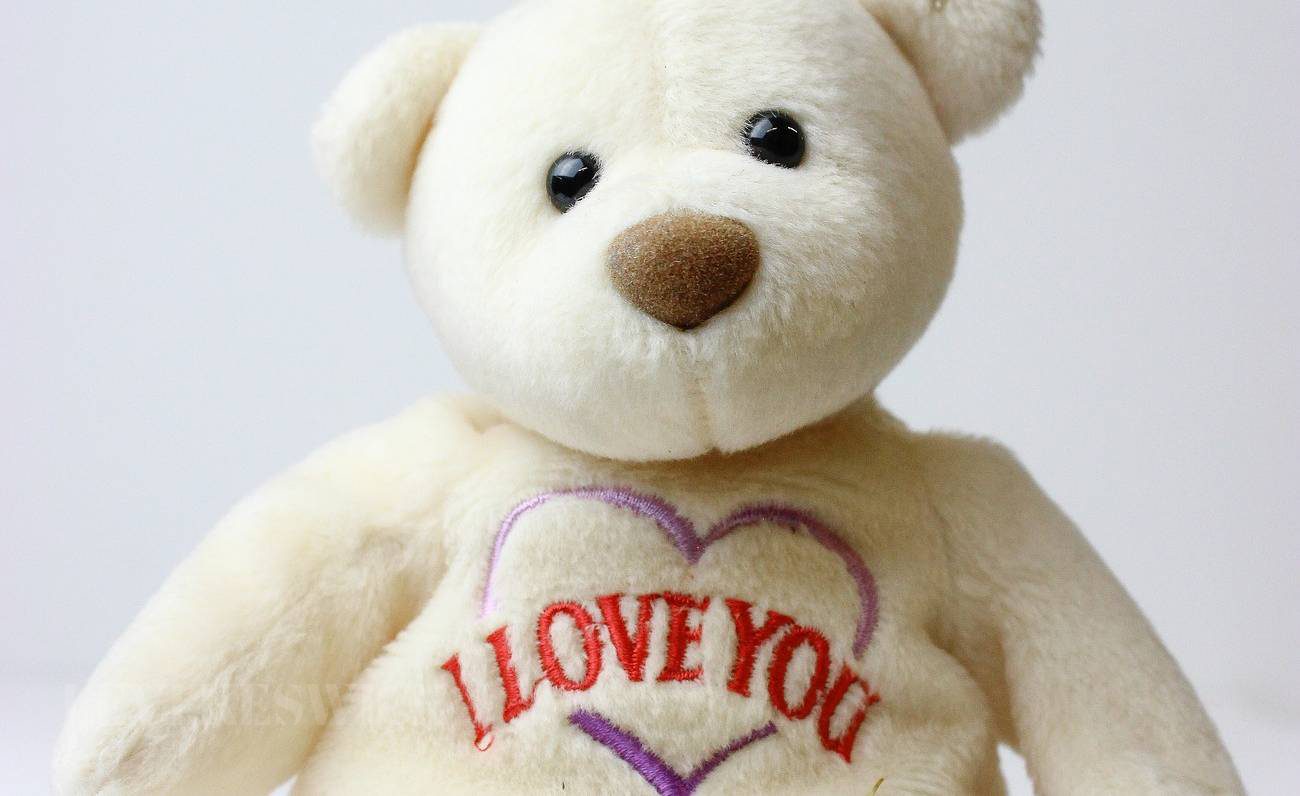Key Takeaways:
- Beanie Babies, like Valentino the Bear, hold value based on multiple factors including rarity, condition, and market desirability.
- Pricing and valuation require a nuanced understanding of Beanie Baby generations and their respective values.
- Rarity often brings more value, especially for retired or first-generation Beanie Babies.
- Collectors need to leverage various resources for the right valuation and protect their investments by taking good care of their Beanie Babies.
Understanding the Phenomenon of Beanie Babies
Beanie Babies have been a persistent phenomenon in the toy market, hitting their stride in the ’90s and experiencing a significant resurgence recently. They hold a nostalgic appeal, bridging the gap between generations, and have become a fascinating facet of pop culture collectibles. Amidst the plethora of Beanie Babies, one stands out – ‘Valentino the Bear’. This soft, white, heart-themed bear has made its mark in the hearts of collectors and the market alike.
Determining Beanie Babies’ Value: Rarity, Condition, and Market Desirability
Value in the world of Beanie Babies is not as straightforward as one might think. It doesn’t solely rely on age or popularity, but rather, a composite of factors including rarity, condition, and market desirability.
Rarity and its Role in Value
Rarity plays a pivotal role in the value of a Beanie Baby, with retired Beanie Babies generally fetching more value than those in current production. A retired Beanie Baby implies a limited quantity, fueling its desirability among collectors. The concept of generations, akin to editions in book publishing, adds another layer of complexity to rarity. The first generation of Beanie Babies, released in 1993, is considered the most valuable. Valentino the Bear, with its occasional manufacturing errors, has a charm of its own, elevating its status in the rarity scale.
Condition – A Key Driver of Value
Condition is a critical determinant of a Beanie Baby’s value. Collectors are meticulous about the state of the item, examining both the Beanie Baby and its tags for signs of wear or defects. A mint condition Beanie Baby holds the highest value, while others, based on their state of preservation, are valued accordingly.
Market Desirability – The Ephemeral Aspect of Value
The toy market is whimsical, with fluctuating trends shaping the value of collectibles. A Beanie Baby, once coveted, might lose its value if it falls out of favor among collectors. Conversely, Beanie Babies can skyrocket in value due to surges in popularity or emotional appeal.
Leveraging Resources for Evaluating Your Beanie Babies
Estimating the value of a Beanie Baby like Valentino the Bear is a multifaceted process. Online venues like eBay and World Collectors provide insights into current market trends, offering practical knowledge about the auction market. Dedicated Beanie Baby price guides compiled by seasoned collectors can be an invaluable resource for pricing Beanie Babies in various conditions.
Protecting Your Beanie Babies’ Value
Once you’ve recognized the potential value of your Beanie Babies, it’s essential to protect this investment. Practical steps like using hang tag covers and displaying them away from direct sunlight can help maintain their value. Remember, these toys are now collectibles, and handling them with care can prevent depreciation of their worth.
Beanie Babies are much more than a ’90s kids thing; they are a testament to the enduring charm of nostalgia and the allure of collectibles. ‘Valentino the Bear’, with its heartwarming theme and intriguing value, is an epitome of the Beanie Babies phenomenon. So, before you decide to part with these childhood treasures, make sure to check their tags and evaluate their worth. You never know, you might be sitting on a gold mine!








